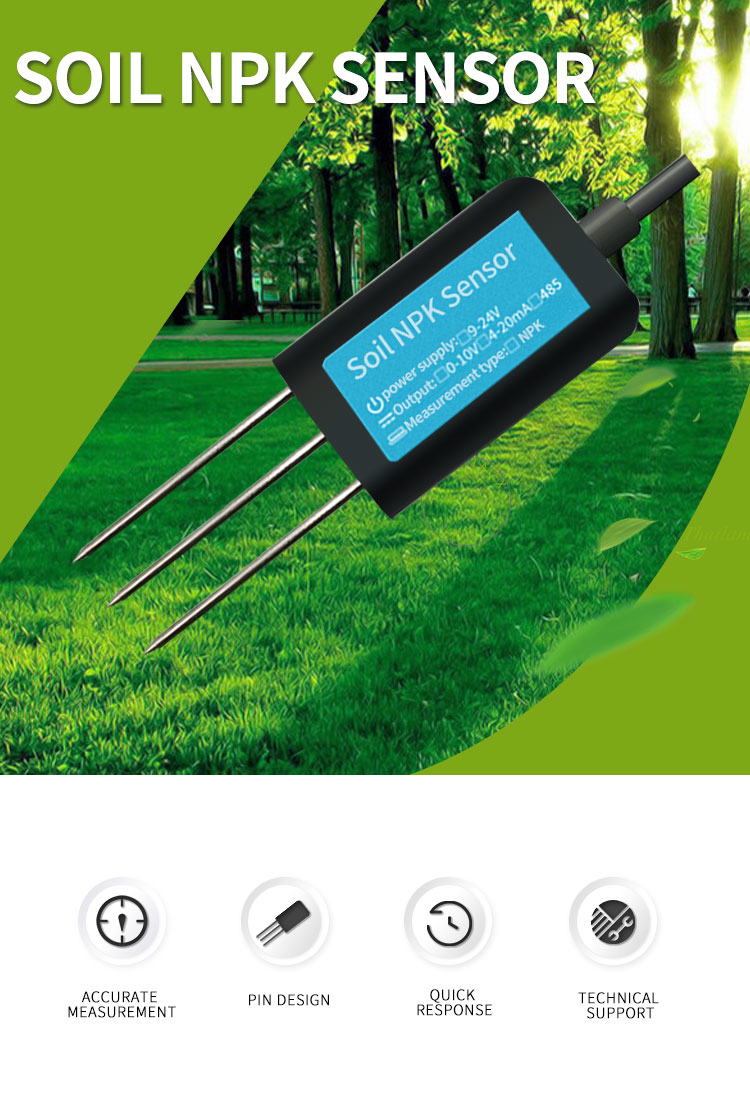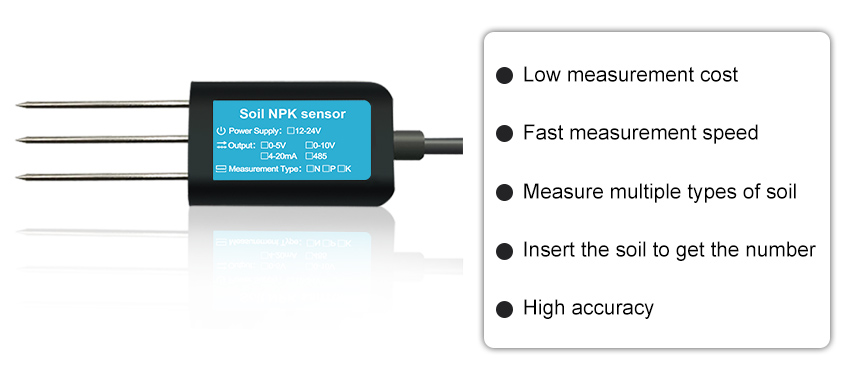Soil sensors are rapidly gaining attention from farmers as a key tool to optimize crop yield by providing real-time analysis of soil conditions. The ability to predict the moisture, temperature, nutrient levels and other characteristics of soil allows farmers to make informed decisions on how best to manage their crops. In this article, we will discuss the benefits and challenges of using soil sensors in agriculture.
Benefits of Using Soil Sensors

Reducing resource wastage – Soil sensors enable precise application of irrigation, fertilizers, herbicides and pesticides. Data collected by soil sensors can help farmers to identify areas or crops that require specific treatments, reducing costs incurred through the overuse of products and wastage of resources.
Enhancing productivity – By providing up-to-date data about soil moisture, nutrients, temperature and other parameters, soil sensors allow farmers to maximize crop yields. They enable farmers to create customized management plans for specific fields, crops or growing stages, ensuring that they receive the necessary nutrients and water when they need them most.
Promoting sustainability - Soil sensors promote sustainable agricultural practices by reducing the environmental impact of farming activities. By optimizing the use of resources and reducing waste, they help to minimize adverse effects on natural resources such as water, land, air, and wildlife.
Improved accuracy - Soil sensors provide highly accurate data, often more reliable and precise than traditional methods. Farmers can easily track changes in soil quality over time and spot early warning signs of plant stress, allowing them to take preventative measures before it's too late.
Challenges of Using Soil Sensors
High capital cost – While the use of soil sensors may lead to substantial gains in productivity over time, the initial capital investment required to purchase the devices and associated technologies can be prohibitive for many farmers.
Technical skills – Data generated by soil sensors often require specialist skills to interpret. Tackling the large volumes of data generated by these sensors also entails considerable resource allocation and expertise.
Interconnection - Complications due to the lack of interconnectivity between different soil sensor systems from various manufacturers may present challenges in integrating them into existing farm management systems, reducing their effectiveness overall.
Maintenance – Regular maintenance is required for soil sensors to remain effective and reliable. Any failure or downtime can compromise the quality and integrity of data, potentially leading to financial losses.
Conclusion
Overall, soil sensors present a game-changing technological advancement that could revolutionize the agricultural industry. They offer farmers insights that were once unattainable, enabling more informed decision-making and enhanced productivity, while decreasing environmental impact. However, there are challenges that arise with the implementation of this technology; farmers must balance the cost of adoption with the potential benefits and carefully consider how best to integrate these systems into their farming operations.
With advances in machine learning and data analytics, we can expect even greater sophistication in soil sensing technology in the near future. The benefits of soil sensors will only become more apparent as their use becomes more prevalent in agriculture, allowing farmers to manage their land and resources with greater accuracy and efficiency than ever before.






